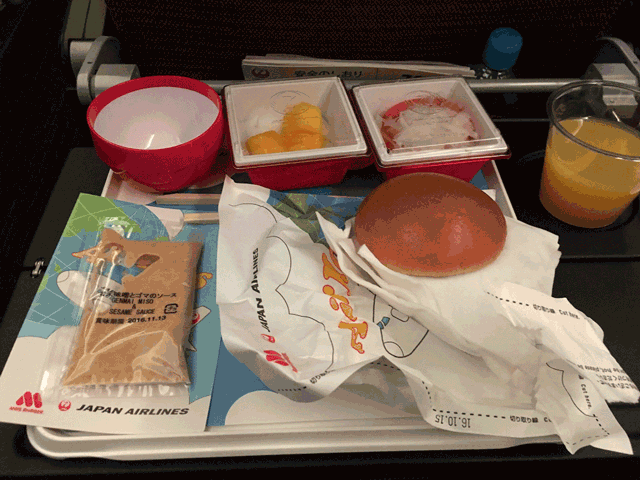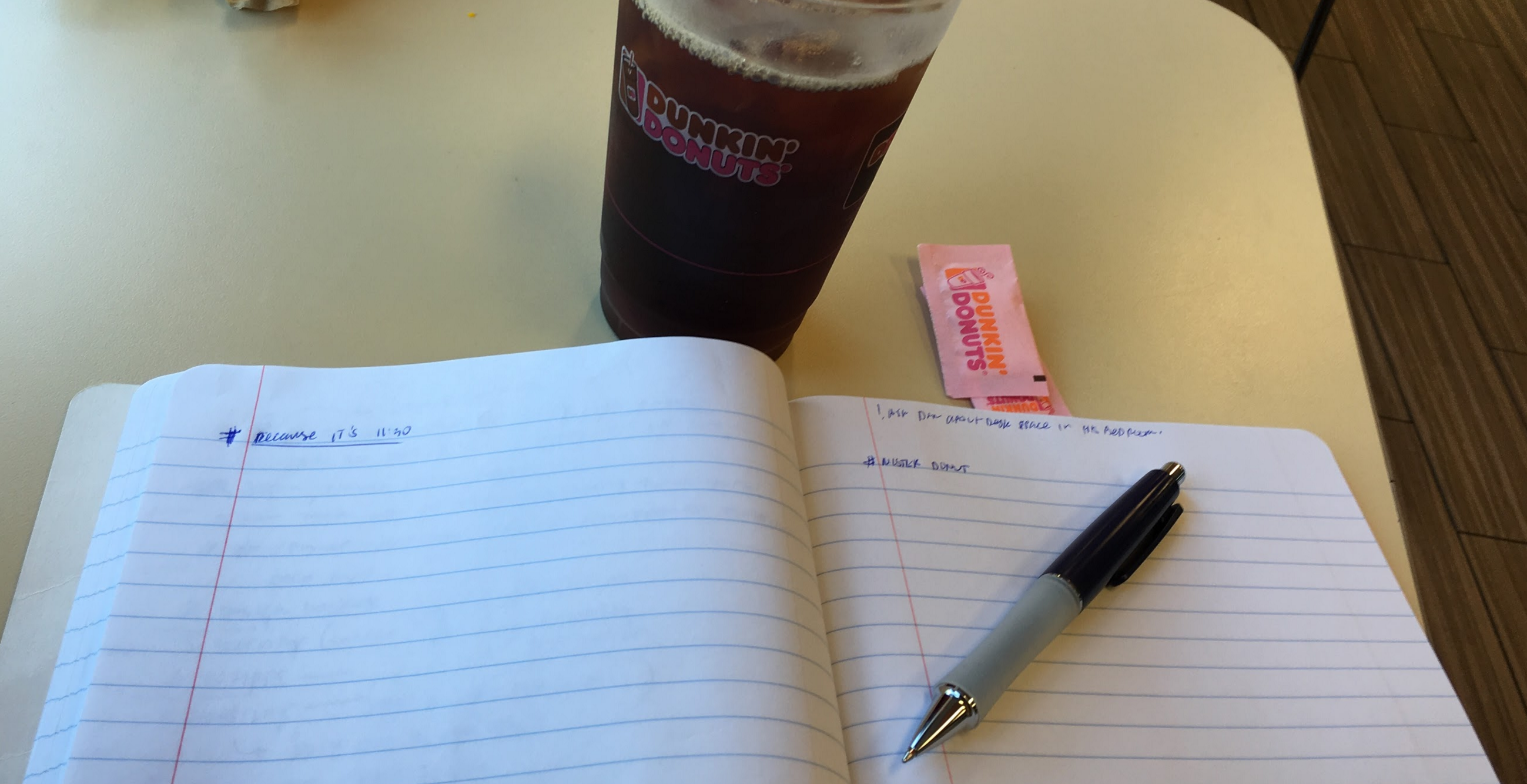Inspired by Tim Ferris’s weekly newsletter of five things, I’ll start putting together lists of five links that interest me. Maybe bi-weekly. Because if I’m going to get to 100 posts in 100 days then there are going to have to be a few repeated topics. So here are some things I enjoyed reading.
Also, I saved a couple bookmarks with Pocket. They’ll push to pinboard but I sort of forgot that I also have IFTTT pasting things to a Google Doc. That might help me put together a weekly link roundup.
Sorry, You Can’t Speed Read
that does not mean that you can somehow magically read parts of a page that you don’t look at, or process all the words in a superfast sequence.
I’ve always wanted to read faster. It’d be great to read, say, a book a day. More often, I’m hearing people say that they’re becoming okay not finishing books. Books sometimes appear over-anecdoted and fluffy because they are. Something about book sizes and airport book stores. Publishers want a certain book size and book stores do too. Mostly so that it looks like a book.
I can’t remember who I first heard it from, but someone pointed out that if you can get one great insight as a takeaway then the book is worth it. Related, someone else (unless they were the same person) said that for, say, $12 you can get years of someone’s knowledge distilled down. I’m feeling less guilty about skimming through parts of books. Especially when I recognize the same study being referenced.
In (praise of) Process
But it’s also important to remember that small follow-throughs are what big follow-throughs depend on, and that a “finish line” is actually the last of a series. You have to cross many before you can cross the final one.
It’s about the journey. That’s my biggest takeaway from my time involved in TechStars. You can’t always focus on the end result. The journey is the interesting part. The fun part. It reminds me how important systems are. And focusing on the system and building a system that you enjoy going through. Or at least don’t hate going through. The system makes the journey more enjoyable and will get you to the payoff. I need to read this article probably.
In my effort to write daily, I’m seeing how consistency comes completely from the processes in place. If I have a good system for looking forward to the morning, then I’ll wake up when I want to ready to write. If I have a good system for writing then I’ll have a completed draft to edit. If I have a good system for editing and posting, then I’ll post consistently.
RIght now, I have systems in place for each of those steps but there’s a lot of room for improvement. In particular the editing and posting part. I get distracted by things like file directory organization.
Let’s sleep on it
Studies of human learning provide tantalizing evidence that sleep helps us retain new memories, but they don’t provide information about how it does so.
I recently read Sleep Smarter and enjoyed it. I thought I knew a good amount about sleep hygiene (I’ve got my blue blockers and a tub of Natural Calm in the kitchen), but there were a lot of new things and it was a good reminder of the things that I knew.
Some of the new things were that magnesium comes in a more effective cream form. And that working out at night isn’t great for sleep. I always thought that working out makes you tired and and, in turn, sleepier. But working out energizes you and can make it harder to sleep. Working out in the morning is great because it gives you energy in the morning and later at night helps signal when you should go to sleep. The book has citations. I’m citing the book.
There’s a chapter about meditation, which I really want to start practicing. I’ve done it maybe two or three times in my life. I listened to 10% Happier and thought it was one of the best audiobooks I’ve ever listened to. Then I didn’t meditate. Too many smart people meditate and there’s too much science backing it up to ignore it.
Paul Stamatiou: 10 years blogging
I’ll be here pumping out one ridiculously-long article or photoset at a time, keeping my little corner of the Internet tidy and well-stocked.
I can’t remember how I started reading Paul Stamatiou’s blog. It was shortly before he stopped blogging regularly and started writing very long, in-depth articles. It’s great to read about his journey through the different stages that blogging has gone through. In particular, it’s a journey of both writing and tinkering on the blog itself. He made a huge transition from WordPress to Jekyll.
His photography site was a big inspiration behind a design sprint article I wrote. I saw his photography site and wanted to do something similar for my Spain trip. Then when I was putting out page layouts for photos, I thought what I had was clunky. And that’s when it hit me that it might be worth doing a design sprint to look at possible solutions.
I wrote about the sprint and that was a huge step in my career as a designer. It reminded me of the reach that’s possible through blogging. I wrote a few more things about design and blogged about them. Some were read a lot. Some were barely read at all. And writing this now reminds me of how valuable writing is. And tinkering.
In high school, I set up phpBB for my friends to mess around on. I also set up (gray matter), b2, and WordPress for me to mess around on. I didn’t make it quite to 10 years straight. I stopped after 5 or 6. But I’ve looked at that WordPress installation recently and it has 1500 posts.
Blogging is amazing and it seems to be having some kind of a revival, especially if we’re counting Medium.
Bill Simmons Breaks Free
Great profile on Bill Simmons in The Hollywood Reporter. I’ve read Bill Simmons since he was on ESPN Page 2. Not quite since he was on AOL. But for a long time. I went to a Book of Basketball signing. I forwarded his article about the Dooze to my crush during college and she said she loved it but didn’t understand all the sports references. I’ve listened to his podcasts from when it was kind of weird to have a podcast.
Something he would say (or maybe said one time in one podcast) is “You’ve gotta get your reps in”. He did that with his writing. Then with his podcast. He’s become an amazing interviewer. And now he’s got a TV show and the beginnings of a media empire. My brother and I took that as a mantra and say it to each other every so often in conversation. You’ve gotta get your reps in.
In Happy Money, Elizabeth Dunn and Michael Norton explain the best ways to spend money to increase happiness, based on behavioral science. I really enjoyed it and have been trying to apply the lessons ever since I read it. Here are some I enjoyed:










